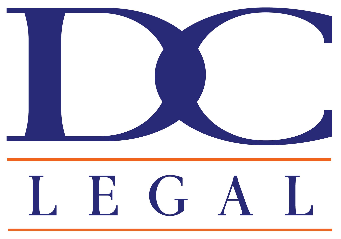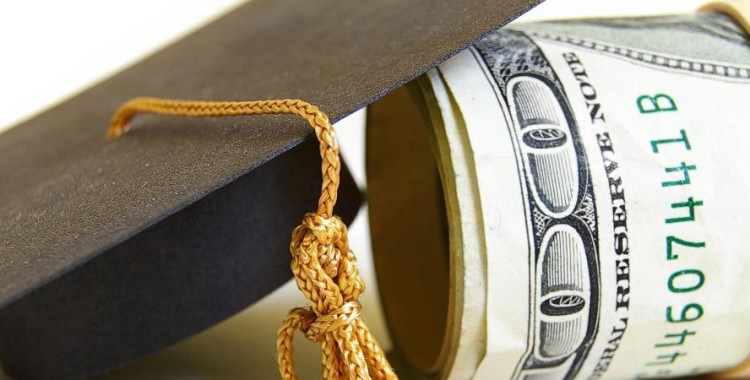Nationwide Survey: Pricing Power on Public Universities
In a recent article, The Wall Street Journal highlights a very interesting trend that must be looked at over the next 10-20 years. We’ve been beating the table for several years stating that many (not all – especially those who have a specialized degree) would be better served entering the workforce rather than taking out extraordinary debt to finance an education. Following are excerpts from the article with commentary from attorney Scott Weitz.
Nearly half of the nation’s colleges and universities are no longer generating enough tuition revenue to keep pace with inflation, highlighting the acceleration of a downward spiral that began as the recession ended, according to a new survey by Moody’s Investors Service.
The survey of nearly 300 schools reflects a cycle of disinvestment and falling enrollment that places a growing number at risk. While schools — for two decades — were seeing rising enrollments and routine increases of five to eight percent in net tuition, many are now facing grimmer prospects: a shrinking pool of high-school graduates; depressed family incomes; and precarious job prospects after college.
When you see your siblings and friends get burned, you're going to be less likely to put your hands close to the fire. This is exactly what is happening as many young graduates are forced to work jobs that do not utilize their skills post graduation.
— Scott Weitz
The softening demand for four-year degrees is prompting schools to rein in tuition increases while increasing scholarships. Those moves are cutting into net tuition revenue — the amount of money a university collects from tuition, minus school aid.
For 44 percent of public and 42 percent of private universities included in the survey, net tuition revenue is projected to grow less than the nation’s roughly two percent inflation rate this fiscal year, which for most schools ends in June. Net tuition revenue will fall for 28 percent of public and 19 percent of private schools.
“We’re all kind of holding our breath,” said James Edwards, president of Anderson University in Indiana. The private Christian school suffered a seven percent drop in enrollment this year, prompting cuts to faculty and several majors, including theater, French and philosophy. “The really big question is, where is all of this heading?”
Where is this heading? Less enrollment, less tuition revenue, schools forced to cut bloated budgets, and perhaps the closing down of smaller and for-profit schools.
— Scott Weitz
“This is the fifth year private schools have endured stagnant net revenue, and the impact has been compounding as faculty wages are frozen, and capital improvements and maintenance are put on hold,” said Karen Kedem, the author of the Moody’s report that accompanied the survey. The drop is just now hitting public universities, amid falling state aid and research dollars. Public schools are significantly more reliant on tuition revenue than they were a decade ago.
“It’s concerning because colleges and universities are mostly dependent on tuition to raise revenue,” Ms. Kedem said. “If they’re not able to invest in programs, personnel and facilities over time, their ability to attract students, faculty and donors will deteriorate.”
The contraction among public schools is thorny because many of the tactics leveraged in lean years to generate additional revenue could dry up for many colleges. For public schools, the number of out-of-state students — who pay two or three times the tuition as in-state students — has flatlined at about 17 percent. And the market for international students — who typically also pay top dollar — is becoming more competitive.
Many schools see those markets as keys to their financial future. University of Louisiana at Monroe President Nick Bruno said generating more revenue from out-of-state students, international students and online students is critical to making ends meet because the state has sliced its subsidy by more than half in the last five years.
“We don’t know where the bottom is; if we knew, we could structure appropriately,” said Mr. Bruno, with regard to the budget cuts. The result: “We have to look at a different business model; we can’t just depend on our region anymore.”
Schools with the strongest brands are less vulnerable to these trends. For instance, as the international market consolidates, flagship state schools with strong reputations already established in foreign countries stand to benefit from their alumni networks. Mid-tier schools lacking a presence overseas will find it harder to break into new overseas markets.
That is part of a broader separation between classes of schools, said Ms. Kedem. Market leaders with the strongest brands and credit ratings saw a median net-tuition-revenue growth of six percent, compared with two percent for those with the weakest ratings. The most prestigious schools “are distancing themselves from the others. They are getting stronger and the others are getting weaker, so the gap is widening,” she said.
Many university leaders have bristled at the impending ratings system, but frustration with the value offered by schools relative to their price has been simmering as student debt has surpassed $1 trillion. Last year, a Pew Research Center poll found 57 percent of Americans believe colleges fail to provide students with good value for the money.
“I think families are really struggling,” said Mr. Edwards of Ashland University. “So few have planned for the college years, and they get here and they wonder how can I climb this crazy mountain, it seems impossible.”
Look out for this education trend to continue. The 'value' in education is simply not there as high paying jobs are incredibly difficult to come by out of college. It should be noted that I am a huge proponent of education in general, but I do question whether a young adult is better served with real world experience and a library card and/or internet connection vs. sitting in a lecture hall with hundreds of other students.
— Scott Weitz







